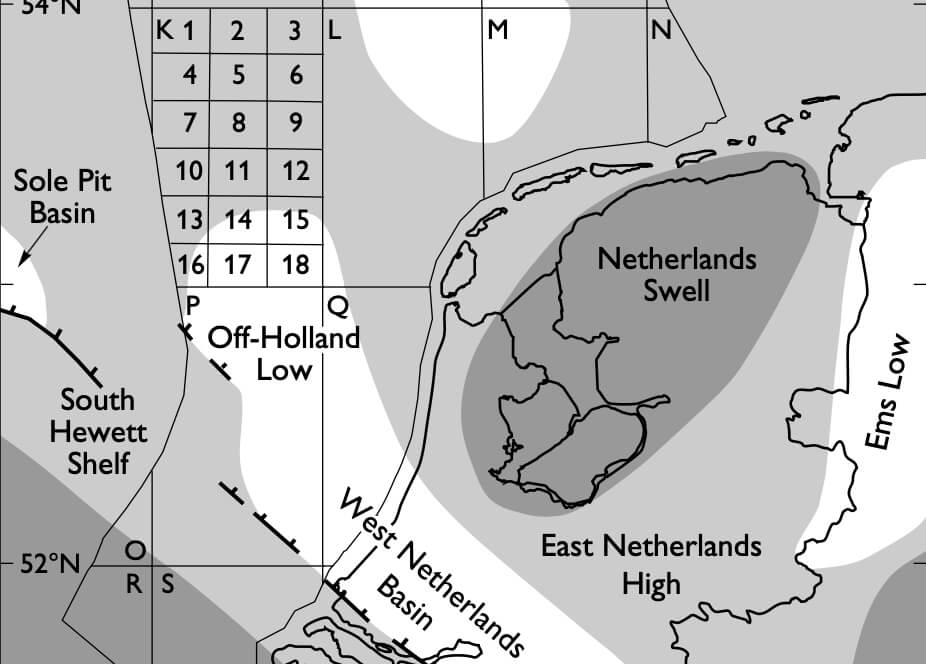
How to Cite
Share
Abstract
A recent revision of the lithostratigraphy of the Netherlands has triggered an extensive re-evaluation of existing ideas on the Jurassic structural and depositional history. Significant advances can be attributed to the incorporation of sequence stratigraphic concepts. In the course of the Triassic and Jurassic, structural complexity increased progressively. The Jurassic sedimentary succession can be subdivided into three depositional megasequences. Megasequence I (Rhaetian– Aalenian) reflects the period between the so-called early and mid-Cimmerian tectonic phases. Megasequence II (Aalenian – Middle Callovian) covers the period of activity of the mid-Cimmerian phase. Megasequence III (Middle Callovian – Ryazanian) corresponds with the period between the mid-Cimmerian and late Cimmerian phases (particularly after pulse II). In this latter megasequence, six stages (IIIa–f) are recognised. Sediments deposited during the Rhaetian and Ryazanian bear a stronger affinity with the Jurassic succession than with Triassic and Cretaceous sediments respectively. These stages are thus treated here as an integral part of the Jurassic succession. During the Rhaetian–Bajocian the area subsided relatively uniformly. A sheet of predominantly fine-grained marine sediments of great lateral uniformity was deposited. During the Toarcian, in particular, basin circulation was largely restricted. The cooling that followed the thermal Central North Sea dome uplift triggered an important extensional phase during the Aalenian–Callovian. The rift phase resulted in the formation of several smaller basins, each with its own characteristic depositional succession. The basins fall into three structural provinces: the eastern province (Lower Saxony Basin, E–W-striking); the northern province (Central Graben, N–S-striking); and the southern–central system (Roer Valley Graben – Broad Fourteens, with a strong NW–SE strike). The mid-Cimmerian event started to affect the Dutch basins during the Bajocian. Sedimentation ceased in the Dutch Central Graben while it persisted in a predominantly coarse-grained, shallow marine facies in the southern basins (Roer Valley Graben, West Netherlands Basin). Extensional tectonics in the Central Graben were initiated during the Middle Callovian, with the deposition of continental sediments. During the Oxfordian–Kimmeridgian, marine incursions gradually became more frequent. Marine deposition in the other basins in the south persisted into the Oxfordian, at which time deposition became predominantly continental. Marine conditions gradually returned in the south during the Ryazanian–Barremian, with a series of advancing partial transgressions from the north. The present- day distribution of Jurassic strata in the Netherlands was determined largely by erosion associated with Late Cretaceous – Paleocene uplift.
How to Cite
Share
Downloads
Editors: Jon R. Ineson and Finn Surlyk
The Jurassic rocks of Denmark and East Greenland record the evolution of two discrete portions of the Mesozoic rift complex, now separated by the North Atlantic Ocean. The Jurassic of Denmark and adjacent areas occurs mostly in the subsurface and research has thus focussed [...]










